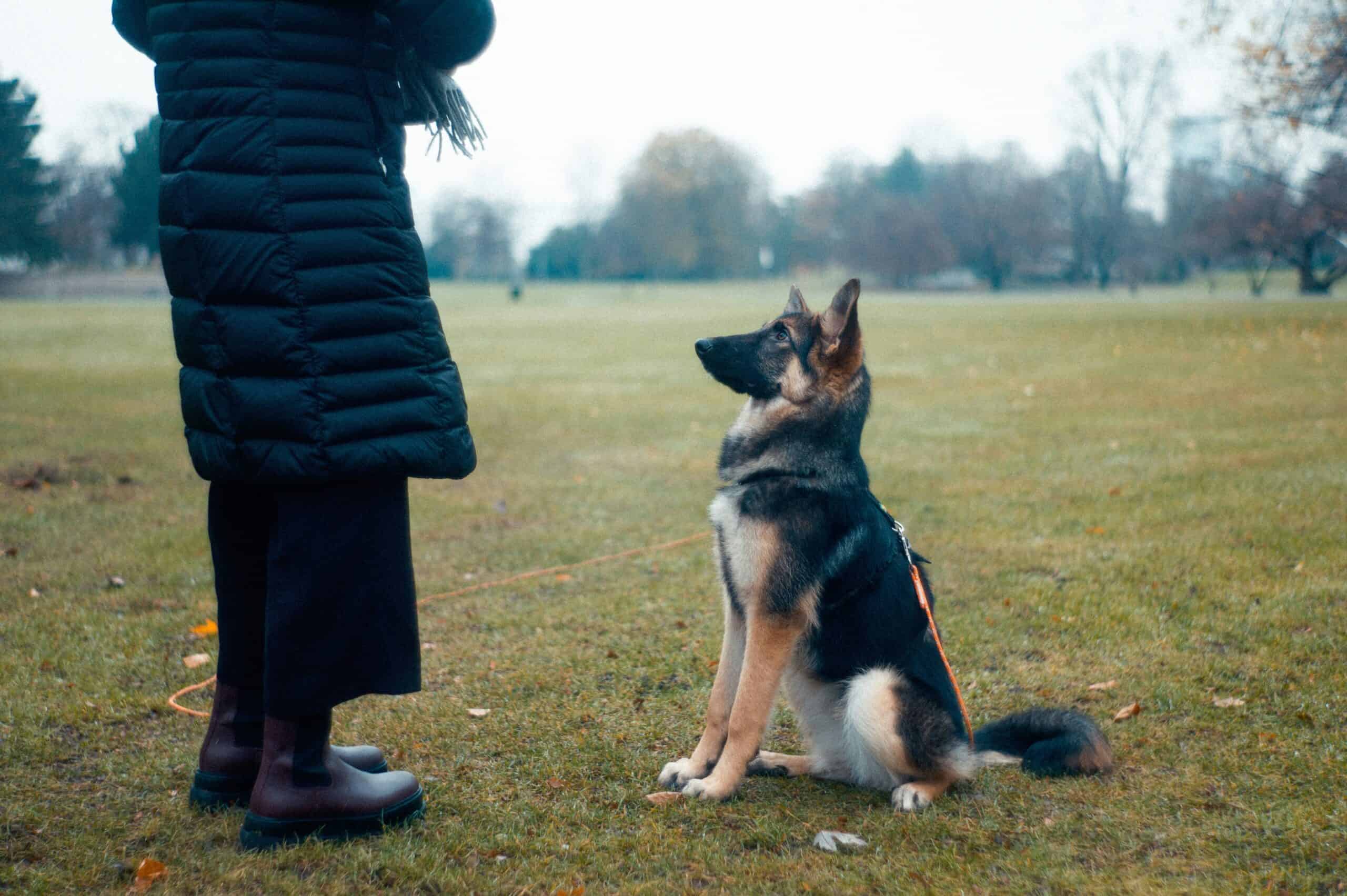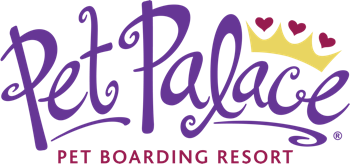How to Prepare Your Dog for Obedience Training Classes
Posted by Lora Shaw on May 7, 2025

Bringing a dog into the family carries with it some responsibilities, but those responsibilities aren’t only on your shoulders! While there’s plenty we need to do as owners to keep our dogs happy, healthy, and safe, trainers help bridge the gap and get our dogs where they need to be, and our dogs themselves take on their own manageable burdens as well.
Dog training is key for teaching your pet appropriate behaviors, protecting them, and creating a more functional household. Before you start training, though, we have some best practices to review so you can ensure successful results.
Essential Equipment for Effective Dog Training
A well-prepared dog is more receptive to learning, developing good behavior, and working within set boundaries. To help you accomplish this, you will want to have some core equipment on hand, including:
- Dog collar or harness – Having a suitable collar or harness, with a non-retractable leash, is crucial to maintain control and safety, so you should invest in these items even before you start dog training classes
- Training treats – When it comes to positive reinforcement, high-quality treats are a key motivator, as they can help your dog associate desired behaviors with rewards
- Treat pouch – To go along with treats, it’s a good idea to have a specific storage area in your possession that can be enclosed, both to keep treats secure and to avoid your dog accessing them on their own
- Clickers – You might not use these initially, but depending on the dog obedience training that your pet undergoes, clickers can help to reinforce key methodologies outside of the “classroom”
- Long lines – For specific training methods, “long lines,” essentially just longer leashes of 10–15 feet, can be useful as they give your dog more freedom while still affording you the necessary control
- Dog crate – Crate training should be started alongside potty training, and you will want to use positive reinforcement to encourage your dog to enter their crate and stay within when the door is shut
Additionally, you’ll want to check with your dog obedience school to see what vaccinations may be required before your dog takes part in classes.
Laying the Foundation: Early Socialization and Habituation
Another way you can prep your pup and yourself for dog obedience classes is to begin socializing them with people and other dogs, or even other animals, at an early age.
The prime learning period for socialization is considered to be between 6 and 16 weeks, and during this time you will want to expose your dog to friends and neighbors, any other family pets, and various environments, sights, sounds, and textures.
The 6- to 16-week window is when dogs experience their best period of retention, and exposing them to diverse stimuli can reduce anxiety, improve focus, increase confidence, and pave the way to a more trainable pet.
Use Positive Reinforcement Training Methods
Rewarding your dog when they accomplish desired behaviors has been shown to be the most effective method of dog training, and you can assist your professional trainer’s efforts by engaging in it at home.
Though some people may attempt negative reinforcement or punishment-based training methods, these can not only be cruel but can result in fear, anxiety, and ongoing problems for your dog. Therefore, it’s best to avoid choke collars, shock collars, and prong collars, as well as dominance-based handling.
Instead, lean toward:
- Praise and affirmations
- Treats
- Toy rewards
- Reassuring physical touch
The 3–3–3 Rule: Setting Your Dog Up for Success in Their New Home
When you bring a new dog home, there can be a period of adjustment for both you and them, so it’s important to keep this in mind and have realistic expectations while they adjust to their new surroundings.
One thing to follow before training is the 3–3–3 rule, which is broken into the following components:
- Give your dog three days to adjust to the situation
- Dedicate the next three weeks to initial training and bonding
- Use the first three months for ongoing socialization efforts
Performing these steps will help your dog both at home and within their training courses, leading to a more successful result.
Structuring Successful Training Sessions Around Duration, Frequency, and Consistency
Your trainer no doubt will have their own methodologies and ways of working, but when you’re at home with your pup you can augment these sessions with your own work. When you do, it’s useful to engage in short, frequent, and consistent training sessions.
Here are some key things to keep in mind:
- Puppies have short attention spans, and so can easily distracted older dogs, so limiting initial training sessions to 5 minutes for them is a good idea
- As your dog develops, you can expand sessions to a duration of 5–15 minutes, which will give you more time to work on the basics while keeping sessions short
- Conduct your training sessions with a frequency of 2–3 times or 3–5 times per day
- Be consistent with your training methods, using the same verbal cues and hand signals to avoid any confusion
Tailoring Your Approach: Puppy vs. Adult Dog Training Considerations
Getting an adult dog ready for training differs in a number of ways from getting a puppy prepared. For instance, the adage “you can’t teach an old dog new tricks” has some basis in reality, as puppies are generally more open to adopting new habits.
Adult dogs, however, have longer attention spans than puppies and usually have better socialization habits, which work in their favor. Since they can be set in their ways, though, you might need to engage in longer and more frequent training sessions.
The “Teenage” Problem
Where things get a little more complicated is during the “teenage years” for dogs, which is between 8 months and 2 years of age. This period can present additional complications and training challenges, as adolescent dogs may forget commands they had previously learned.
To combat this, you’ll want to be patient and consistent with your training, but also open to adjusting some of your methodologies to help reinforce good habits.
Common Questions About Starting Dog Training
At what age should I begin training my dog?
Basic obedience training should usually start as early as 6–7 weeks for puppies with reinforcement happening at home throughout your dog’s life. However, for longer training sessions, dogs of 12–14 weeks may be better attuned to the needs of trainers.
What are some basic commands I can expect my dog to master at training?
With effective training sessions, your dog should be able to accomplish the key commands of “sit,” “stay,” “come,” “lie down,” “heel,” and “leave it.” These will give your dog a solid baseline and can be put to use in everyday situations as well as times of emergency.
What are some of the goals of obedience training?
Along with the mastering of basic commands, some of the other goals of training include improving behavior, promoting socialization, and making grooming sessions more practical.
Need Effective Dog Training? Trust the Experts at Pet Palace!
If your puppy or adult dog could use some obedience training to make them a better adjusted member of the family, it’s time to bring them to Pet Palace! Our dedicated trainers work out of Columbus, Ohio, West Chester, Ohio, Pittsburgh, Pennsylvania, and Cary, North Carolina, and more locations are coming soon!
Help put your dog on the right path by letting them master the fundamentals. Contact our team today to get started!

Categories: All Posts, Dog Training, Dogs, Tips for Your Pets
Archives
Recent Articles
Categories
Monthly Archive
- October 2025
- September 2025
- August 2025
- July 2025
- June 2025
- May 2025
- April 2025
- March 2025
- February 2025
- January 2025
- December 2024
- November 2024
- October 2024
- September 2024
- August 2024
- July 2024
- June 2024
- May 2024
- April 2024
- March 2024
- February 2024
- January 2024
- December 2023
- November 2023
- October 2023
- August 2023
- July 2023
- June 2023
- May 2023
- April 2023
- March 2023
- February 2023
- January 2023
- December 2022
- November 2022
- October 2022
- August 2022
- July 2022
- June 2022
- April 2022
- March 2022
- February 2022
- November 2021
- October 2021
- November 2020
- September 2020
- July 2020
- March 2020
- January 2020
- November 2019
- September 2019
- July 2019
- March 2019
- January 2019
- December 2018
- November 2018
- October 2018
- August 2018
- July 2018
- June 2018
- May 2018
- April 2018
- March 2018
- February 2018
- January 2018
- December 2017
- November 2017
- October 2017
- September 2017
- August 2017
- July 2017
- June 2017
- May 2017
- April 2017
- March 2017
- February 2017
- January 2017
- December 2016
- November 2016
- September 2016
- August 2016
- July 2016
- June 2016
- May 2016
- April 2016
- March 2016
- February 2016
- December 2015
- November 2015
- October 2015
- September 2015
- August 2015
- July 2015
- May 2015
- March 2015
- February 2015
- January 2015
- December 2014
- November 2014
- September 2014
- August 2014
- July 2014
- June 2014
- May 2014
- March 2014
- February 2014
- January 2014
- December 2013
- November 2013
- October 2013
- September 2013
- August 2013
- June 2013
- May 2013
- March 2013
